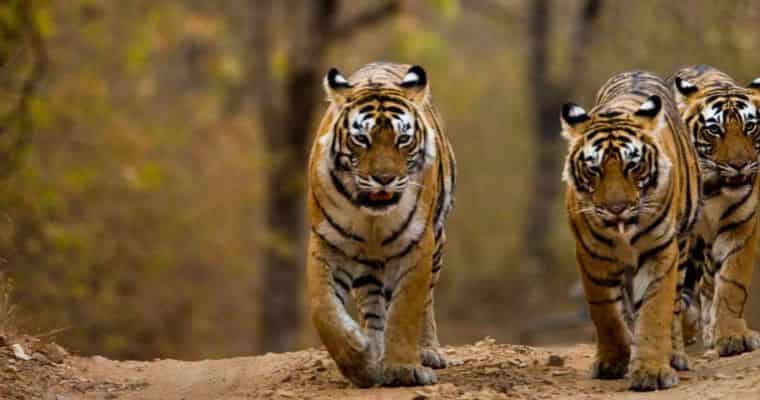


Overview
Nestled in the foothills of the Himalayas in Uttarakhand, Jim Corbett National Park is India’s first national park, established in 1936. Renowned as the home of the majestic Bengal tiger, the park is a haven for wildlife enthusiasts and nature lovers. Spread across 500+ square kilometers, it features dense forests, grasslands, marshes, and riverine belts that create a diverse habitat for more than 600 bird species, 50 mammal species, and numerous reptiles.
Jim Corbett is divided into multiple safari zones such as Dhikala, Bijrani, Jhirna, and Durga Devi, each offering unique wildlife viewing experiences. Visitors can enjoy thrilling jeep safaris, elephant rides, birdwatching, and serene nature walks. Alongside wildlife, the park offers breathtaking landscapes, riverside camps, and eco-resorts that make it an ideal getaway for adventure seekers, photographers, and families.
Whether you seek the thrill of spotting a tiger in the wild or the tranquility of nature, Jim Corbett National Park promises an unforgettable experience.
Top Destinations
Explore Jim Corbett National Park in Uttarakhand – India’s first national park. Enjoy tiger safaris, birdwatching, and nature stays in this wildlife paradise.
Free Ask Question?
1. What is Jim Corbett National Park famous for?
Jim Corbett is best known for being India’s first national park and for its population of Bengal tigers. It is also rich in birdlife, elephants, leopards, and diverse flora.
2. When is the best time to visit Jim Corbett National Park?
The best time is from November to June. The winter months (Nov–Feb) are ideal for safaris, while summer (Mar–Jun) offers higher chances of spotting tigers. The park remains closed during monsoons (July–Oct).
3. How can I book a safari in Jim Corbett National Park?
Safaris can be booked online through the official Uttarakhand forest website or via authorized tour operators. Options include jeep safaris, canter safaris, and elephant rides (in select zones).
4. Which are the most popular safari zones in Jim Corbett?
Dhikala Zone – Famous for tigers and diverse landscapes Bijrani Zone – Popular for jeep safaris Jhirna Zone – Open year-round Durga Devi Zone – Known for birdwatching
5. Are accommodations available inside Jim Corbett National Park?
Yes, visitors can stay in government forest rest houses inside zones like Dhikala, or in eco-resorts, lodges, and riverside camps located near Ramnagar, the park’s entry town.
